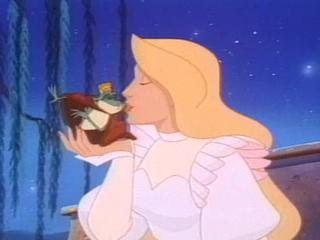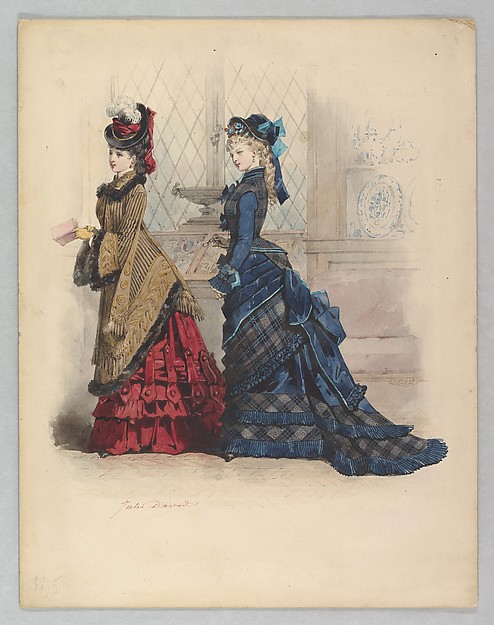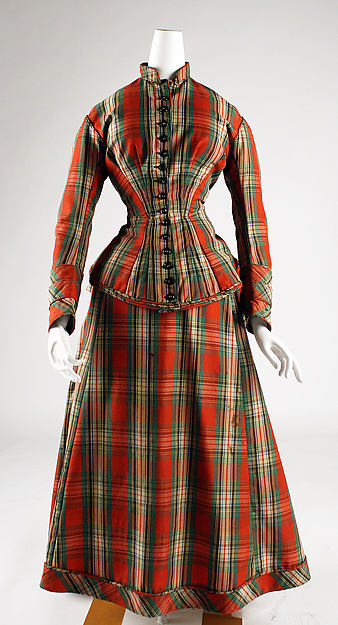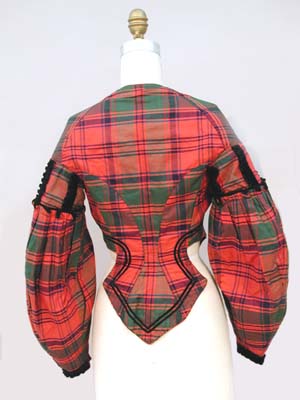"She opens the door of one house, and all find it is their own house which they enter, a visitor once said of Louisa May Alcott"*
When I was little my mother read
Little Women to me, and when I got a little older I found the Alcott shelf in the children's section of the library. I was hooked--not just on Alcott's novels, but on the period, the family, and the
Orchard House. I went on tour several times as a kid: for programs with my Girl Scout troop, with my church's religious education curriculum, with my mom, and eventually with my sister after I gave her my copy of
Little Women. That year I was twelve, at the end of middle school and awkward, but I loved history and its living traditions--Plymouth Plantation, Sturbridge Village, the annual Patriot's Day celebrations. So when we went to a program at Orchard House that winter, I was already wondering when I could get a job there. My mother started talking to the woman at the desk, and by the time I finished eighth grade I was actively researching, writing, and training to do living history programs with a volunteer group affiliated with the house.
 |
| chasing a rolling hoop down the hill at the front of the house during a program, sometime between 2006-2008 |
As soon as I was old enough to legally have a job I applied for a position as staff, and worked as a tour guide, living history educator, and eventually "In-Charge" (the guide
in charge of opening/closing, managing the day's schedule, and running the shop) every summer, school vacation, and other assorted days until I graduated college. I spent a lot of time in the Alcotts' home--I did my homework there, read through the guides' room library of Alcott-related books, went on my first date on the same paths Louisa and her family walked by the North Bridge--and going back to the museum feels like coming home again. While a lot of the staff has changed over the years, many of the women are still there, and they have been an incredible wealth of encouragement and faith in me as I grew out of that awkward phase into a young professional.
 |
| Orchard House c.1865, with Alcotts in the foreground (via Orchard House) |
Over the years as I grew as a researcher and interpreter, I became especially interested in May Alcott. Her enthusiasm for ridiculous adventures with her friends, her passion for making beautiful things, and her complete refusal to let Louisa have all of the family glory (she became quite an accomplished artist in her own right) spoke to me, as did her age--May was the only teenager to live in the house (she was 18 when they moved in in 1858). The ordinary adventures described in the papers of May and her contemporaries (capsizing a rowboat, playing croquet, attending costume parties, pranks with her sisters) brought 1860s Concord to life for me, and perhaps more importantly, these stories became my way of opening a path for visitors less interested in the family or Louisa's work (like middle school boys dragged in on field trips). I ended up spending several days off the last couple of summers at the house in Houghton Library, transcribing May's letters from her time as a young adult in Concord, before she moved to Europe to study art. I also adopted May as my favored Alcott when performing living history programs. May, and May's friends, still feel like my part of my social group (which includes several other former Orchard House employees). We had inside jokes that referenced them, we knew told their anecdotes as our own. I actually went to prom with a friend who also worked at the house and sometimes portrayed Julian Hawthorne to my May (they were friends and next door neighbors in the early 1860s). While I spent the school week in the 21st century, I spent the weekends in the 19th with the Alcotts.
 |
| playing May for a living history program, summer 2008 |
 |
| detail from a portrait of May Alcott, 1870s painted by Rose Peckham |
 |
| showing visitors jacob's ladder (as May), 2008 |
Right now, Orchard House is running a
Kickstarter campaign to make a documentary about the house, and I hope you will take a look at the video and donate if you can. The site has been a museum for over 100 years (the centennial was celebrated in 2012), and the story of how the Alcotts have inspired generations is obviously one that I hold near and dear. It's also really interesting, and the resulting documentary would be well worth watching!
 |
| at the house for the centennial celebration (in 1900s clothing), 2012 |
Possibly (hopefully) all this waxing nostalgic has already convinced you the Orchard House is a very special place, and the campaign is worth checking out. Watching the video (which also happened to hit just as I was reviewing my notes for returning next weekend--I have a couple of dedicated Alcott/Orchard House bookshelves at home) reminded me just how special the Orchard House is and how much it truly is a home to me, along with so many others. If you're not yet convinced, then it's time to let the house do the talking. After all, that's who this is all about.
(By the way, if you want to experience the house in person to let it convince you, I'll be giving the
Welcome to Our Home tour Saturday September 27th! Come visit!)
Here are a few more pictures from growing up at Orchard House, and I hope you will all check out the Kickstarter info below!
 |
| Prepping for a program in May's bedroom, 2010. The bonnet was my first attempt at trimming/covering a hat; it's based on a description by Louisa of a hat May was making (which she called dreadful) |
 |
| With a Turner painting in the British National Gallery, London, 2011. I met up with another Orchard House guide while we were both studying in the UK for a reunion and quest to find some of the paintings May studied while she lived there. |
 |
| In the nursery during my last Christmas program, 2012. Hopefully I'll be back this year! |
 |
| Some friends from Scotland visited while I was working, 2012. |
Here's how you can help!
*From the Orchard House introductory video




















.JPG)




g~~60_57.jpg)
.JPG)























